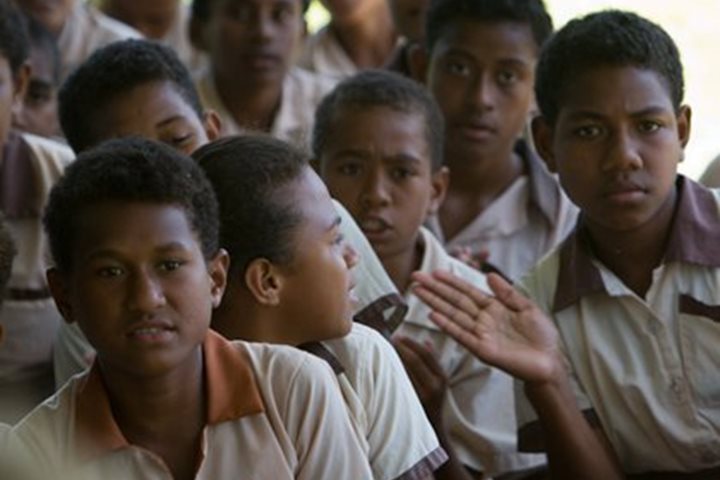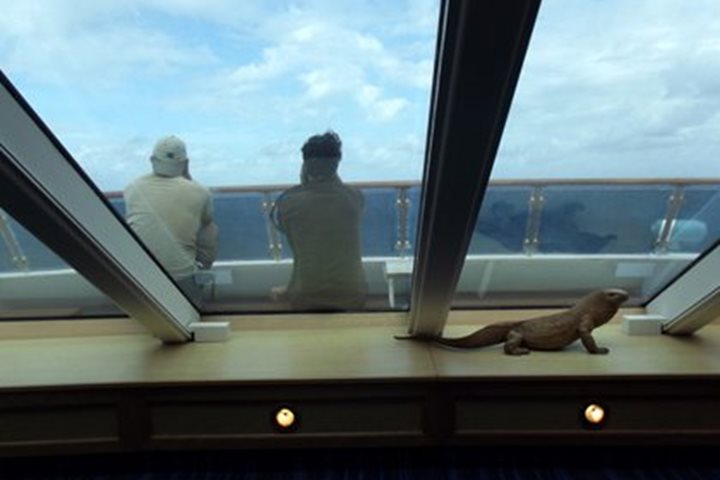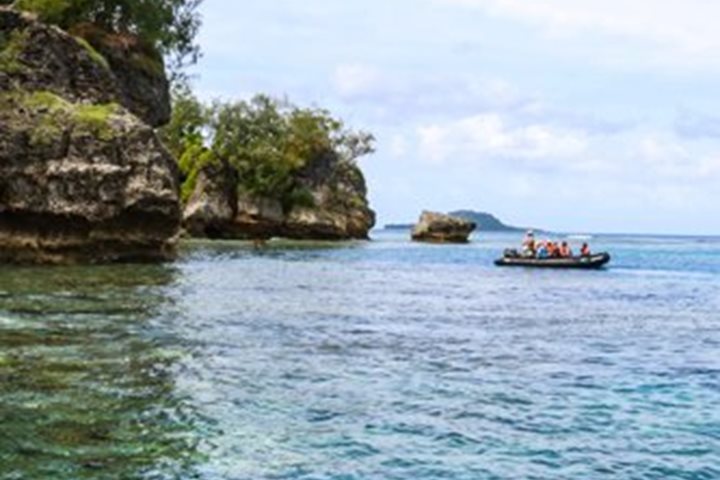This morning we awoke to the prospect of a day at sea. The memories of a full day at Owa Raha, our last stop in the Solomon Islands, were fresh in our minds. A day that was filled with a diversity of experiences: cultural performances, hikes to spirit houses, diving and snorkeling and, above all, the friendly and welcoming faces of the community. And we also found some wildlife. While expectations of wildlife encounters may have been low, we were fortunate to find Melanesian megapodes on Owa Raha. These largely terrestrial birds are found throughout the Solomon Islands and Vanuatu. They are typically quite shy and difficult to observe, so finding them on Owa Raha was a bonus. The bigger surprise was that they were nesting in the centre of the village, providing a welcome source of fresh eggs for the local community.
Once more we are at sea making the transition between countries in Melanesia. This time it is a journey of a little more than 400 miles across the Solomon Sea between our last stop in the Solomon Islands and our first stop in Vanuatu, the island of Espiritu Santo. Known as the New Hebrides under colonial rule, the nation of Vanuatu has been independent since 1980. Looking at a map of the region, the eastern end of the Solomon Islands forms a more or less continuous chain of islands with the northernmost islands of Vanuatu. It is not too difficult to imagine how seafaring pioneers were able to island hop through the region at a time before anyone conceived of the modern international boundaries.
The time at sea and the transition between these modern countries gives us time to pause and contemplate, to compare and contrast the places we have visited on this journey. We have found that each country, each island offers something unique, while there are common threads that run throughout Melanesia. Retaining these unique qualities while embracing increasing levels of connection, at national and international levels, is one of the challenges that these communities face today.









